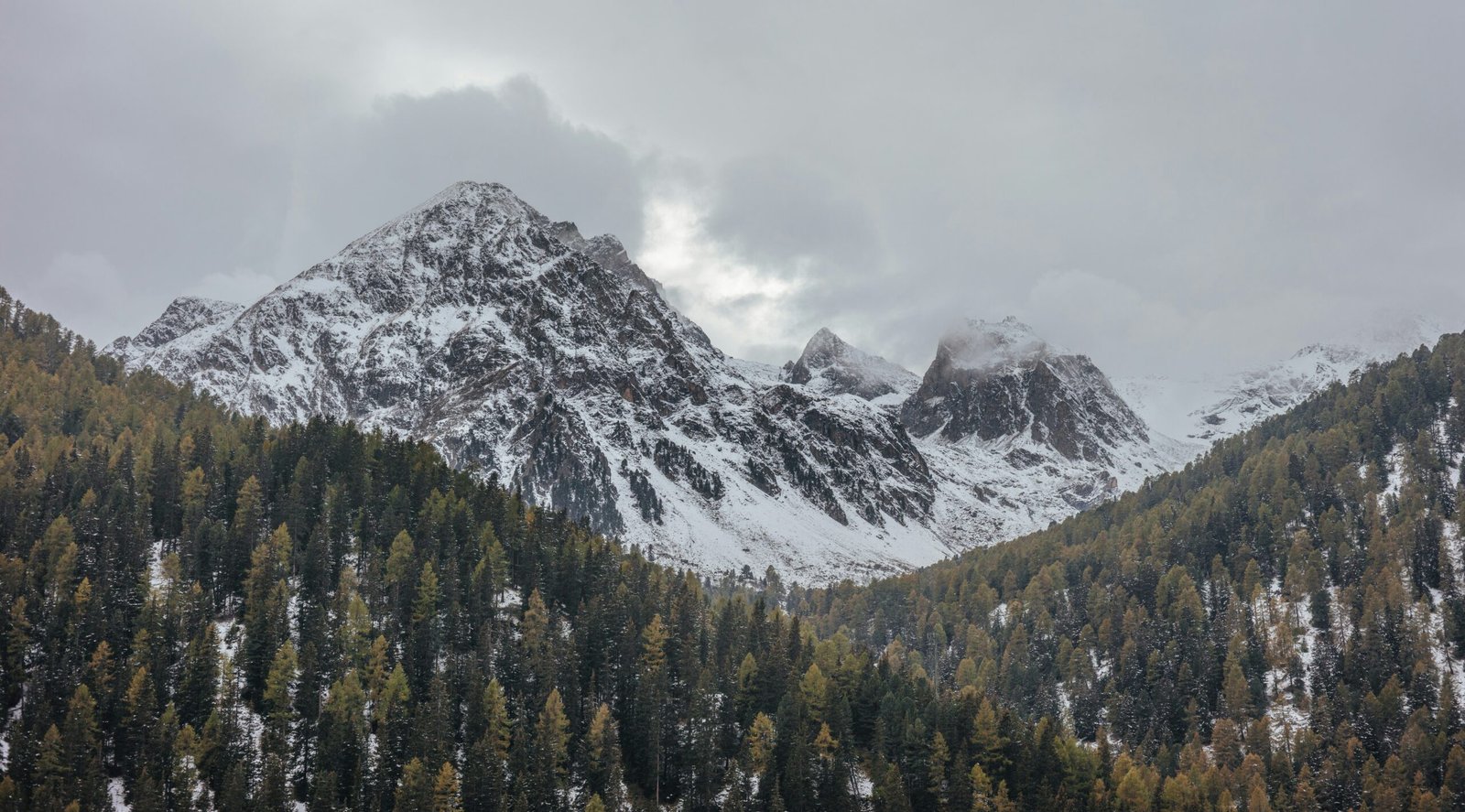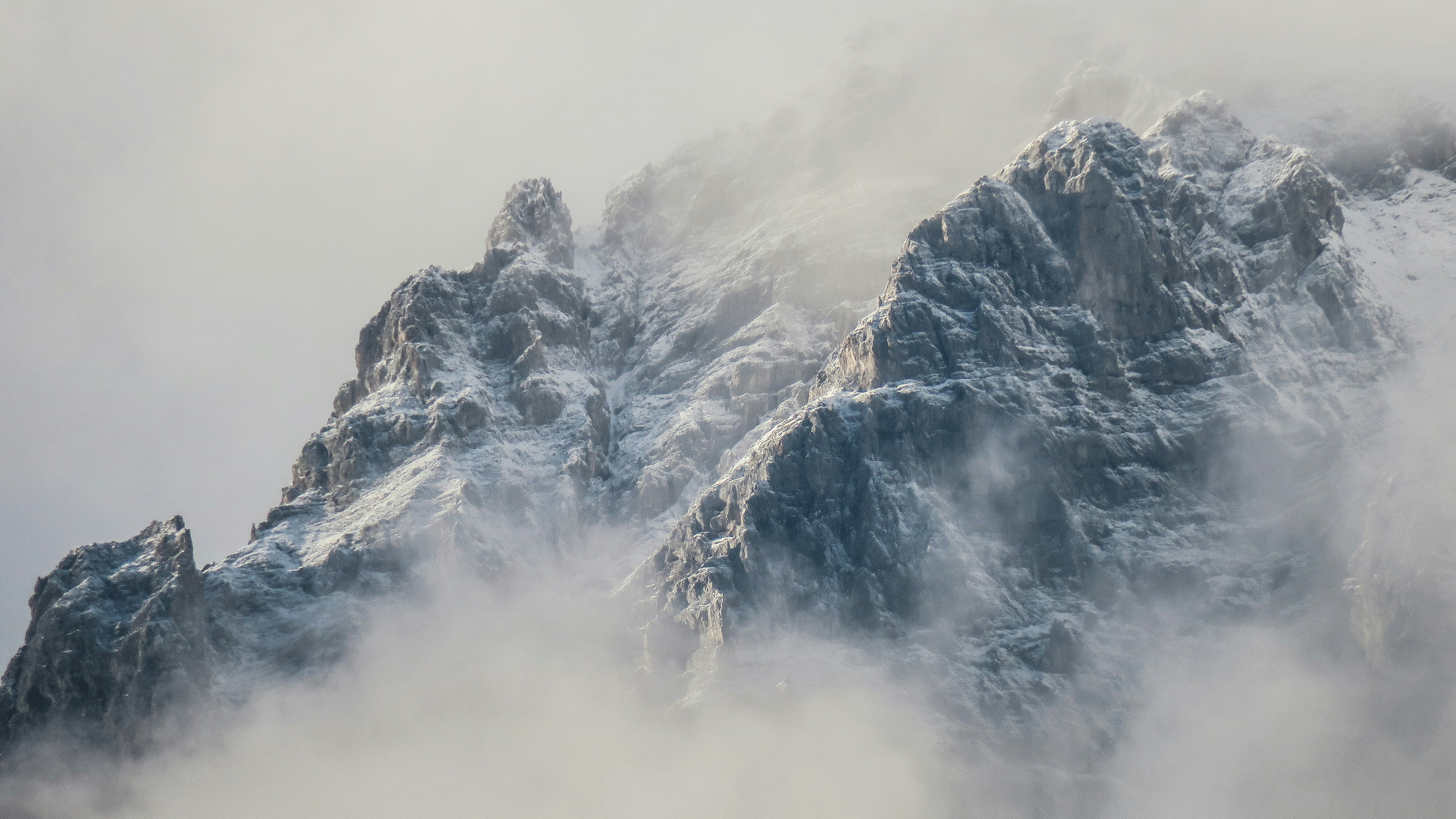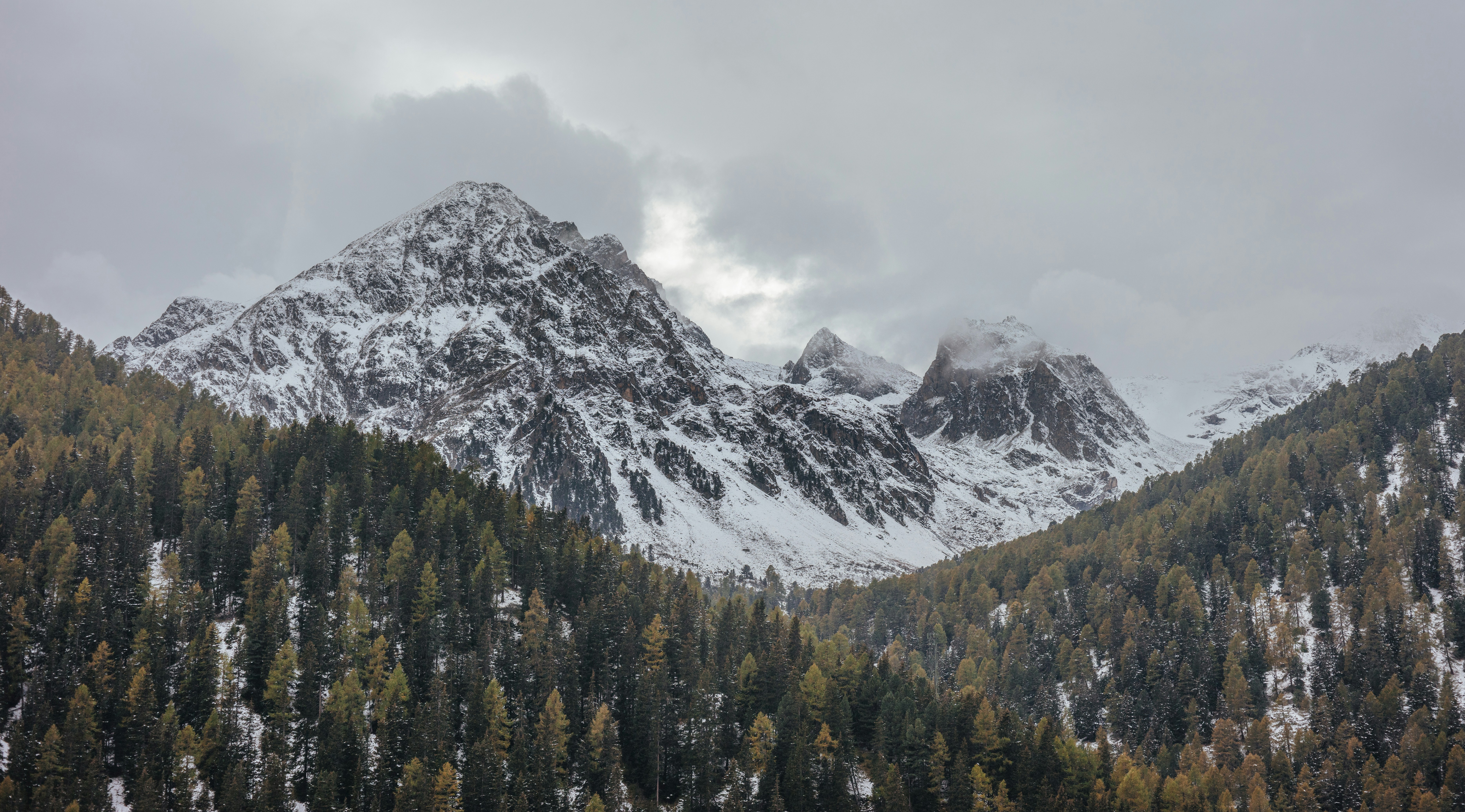How do you feel about stepping into icy water? The concept of cold plunges is both intriguing and daunting for many. It’s not just about enduring the bone-chilling water; it’s an experience that stretches your physical limits and sharpens mental resilience. If you are curious about how cold plunging can benefit your life and want to challenge your current practice, you’re in the right place.
Cold plunge therapy, also known as cold water immersion, is rapidly gaining popularity across the globe. More than a mere trend, it embodies a blend of physiology and mindfulness. In this article, you will embark on a journey of understanding the profound impacts of cold plunges and how they can be a valuable aspect of your wellness routine.
What is a Cold Plunge?
Imagine slipping into water that’s barely above freezing. That’s a cold plunge. While the thought might make you shiver, the experience is known for its invigorating and energizing effects. Cold plunges typically involve immersing your body in cold water for short periods, usually ranging from a few seconds to a few minutes.
Historical Context
Cold water therapy is not new. Ancient civilizations, from the Greeks to the Japanese, have used cold water for therapeutic purposes. Roman soldiers would bathe in cold rivers after battles to aid recovery, while the Japanese practice of Misogi involves ritual purification through water.
Modern-Day Popularity
Today, athletes, therapists, and wellness enthusiasts use cold plunges to boost recovery, improve circulation, and enhance mental clarity. Social media influencers and wellness coaches have also contributed to its rising popularity, encouraging others to experience the benefits firsthand.
The Science Behind Cold Plunges
What happens to your body during a cold plunge? The science is fascinating. Cold water immersion affects your body in several ways, leading to a cascade of physiological responses.
Boosting Your Circulatory System
When you immerse yourself in cold water, your body responds by constricting blood vessels, which in turn helps improve circulation. This process encourages your heart to pump more efficiently, delivering oxygen and nutrients to your organs and tissues.
Triggering Your Nervous System
The sudden exposure to cold prompts your body to release norepinephrine, a neurotransmitter that increases alertness and mental focus. This response can enhance mood, combat depression, and increase overall presence in life.
Supporting Muscle Recovery
Cold water helps reduce muscle inflammation and soreness, making it a favorite among athletes. After an intense workout, a cold plunge can speed up recovery, allowing you to maintain a consistent exercise regimen without the fatigue of sore muscles holding you back.
Enhancing Immunity
Research suggests regular exposure to cold can increase your production of white blood cells. Cold plunges may strengthen your immune system, making you less susceptible to common illnesses.
Psychological Benefits of Cold Plunges
Beyond the physical, cold plunges offer profound psychological benefits. Engaging in this practice can often lead to improved mental health and resilience.
Building Mental Toughness
Plunging into frigid water isn’t easy, yet this act of courage can build mental fortitude. Overcoming your initial resistance to cold helps develop discipline, courage, and the ability to face discomfort head-on.
Reducing Stress
The deep breathing needed to cope with cold immersion can activate your parasympathetic nervous system, aiding in relaxation and stress relief. Regular practice can help you manage anxiety and everyday stresses more effectively.
Elevating Mood
The endorphin rush from cold plunges acts as a natural mood elevator. Combined with the increase in alertness from norepinephrine, it can leave you feeling euphoric and ready to tackle the day.
Cold Plunge Techniques
Not all cold plunges are the same. You can try various methods to find what suits you best. From a simple ice bath at home to diving into a frozen lake, each offers unique challenges and benefits.
Ice Baths
Ice baths are an accessible way to experience cold plunges. Fill a bathtub with cold water and add ice until it reaches the desired temperature. Typically, temperatures from 50°F to 59°F (10°C to 15°C) are effective.
Natural Bodies of Water
For a more adventurous experience, consider cold plunges in natural settings, such as a snow-fed river, a lake, or the ocean. Nature provides a sense of connection and serenity that enhances the cold plunge experience.
Controlled Cold Exposure
For those with access to a gym or wellness facility, cold plunge pools offer a controlled environment. These pools are designed specifically for cold immersion, maintaining a steady temperature year-round.
Preparing for a Cold Plunge Challenge
Before you take the plunge, preparation is key. A thoughtful approach can help you reap maximum benefits and minimize risks.
Set a Personal Goal
What do you hope to gain from your cold plunge experience? Defining a goal—whether physical, mental, or both—will give your practice purpose and direction.
Gradual Acclimatization
Start with shorter durations and milder temperatures. Allow your body time to adjust to the sensation of cold gradually. Over time, you can increase the duration and intensity of exposure.
Focus on Breathing
Breathing techniques are essential to remain calm and present during your cold plunge. Practice deep, controlled breaths to maintain composure and mitigate the body’s natural fight-or-flight response.
Cold Plunge Safety Tips
While cold plunges can be invigorating and beneficial, it’s important to practice safely.
Know Your Limits
Listen to your body. If you start to feel numbness, pain, or extreme discomfort, it’s important to exit the water. Pushing beyond your limits can cause harm.
Never Plunge Alone
Always have a buddy system in place, especially when you’re new to cold plunging. A companion can help ensure your safety and provide encouragement.
Warm Up Gradually
After your cold plunge, take time to warm up gradually. Use towels, blankets, and warm drinks to help restore your body’s temperature safely. Avoid hot showers immediately afterward, which can cause rapid cardiovascular changes.
Cold Plunge Challenges to Try
Ready to take it further? Here are some cold plunge challenges that can inspire and test your resolve.
The Polar Bear Dip
Join a community polar bear dip event, often held on New Year’s Day or during winter festivals. Sharing the experience with others creates a sense of camaraderie and excitement.
Weekly Cold Plunge Ritual
Incorporate a weekly cold plunge into your routine. Choose a specific day and time, treating it as a ritual to reinforce discipline and commitment.
Meditation and Cold Plunge Combo
Combine cold plunges with meditation practices. Before or after a plunge, spend time in meditation, capitalizing on increased mental clarity and introspection.
Incorporating Cold Plunges into Your Routine
Adding cold plunges to your lifestyle can be simple. Here’s how you can integrate this practice seamlessly into your routine.
Morning Revitalization
Include a quick cold plunge in your morning routine to energize and prepare for the day ahead. The jolt from the cold can awaken your senses and boost your productivity.
Post-Workout Recovery
Use cold plunges post-exercise to maximize muscle recovery. This can be part of your cool-down process, reducing inflammation and fostering quicker recovery times.
Mindful Evenings
End the day with a cold plunge to decompress and relieve stress. Incorporating it into your evening routine can help you unwind and improve sleep quality.

Tracking Your Cold Plunge Progress
Tracking your cold plunge journey can motivate and help you achieve your goals.
Journaling
Maintain a journal to record your experiences, progress, and any shifts in your physical and mental states. Reflect on how cold plunges influence your moods, energy levels, and resilience.
Set Milestones
Define milestones to celebrate your achievements. Whether it’s the duration of your plunge or the temperature you withstand, recognizing these accomplishments keeps you motivated.
Share Your Journey
Consider sharing your cold plunge journey with a community. Whether through social media or local wellness groups, connecting with others offers support and inspiration.
Conclusion
Cold plunges are more than a test of endurance; they are an enriching practice that can transform your physical and mental well-being. Whether you’re seeking a new challenge, enhancing athletic performance, or boosting mental resilience, cold water immersion has something unique to offer. By understanding the benefits, techniques, and safety measures, you can make cold plunging a rewarding part of your holistic health journey. Embrace the chill and discover the potent lessons the cold can impart.





